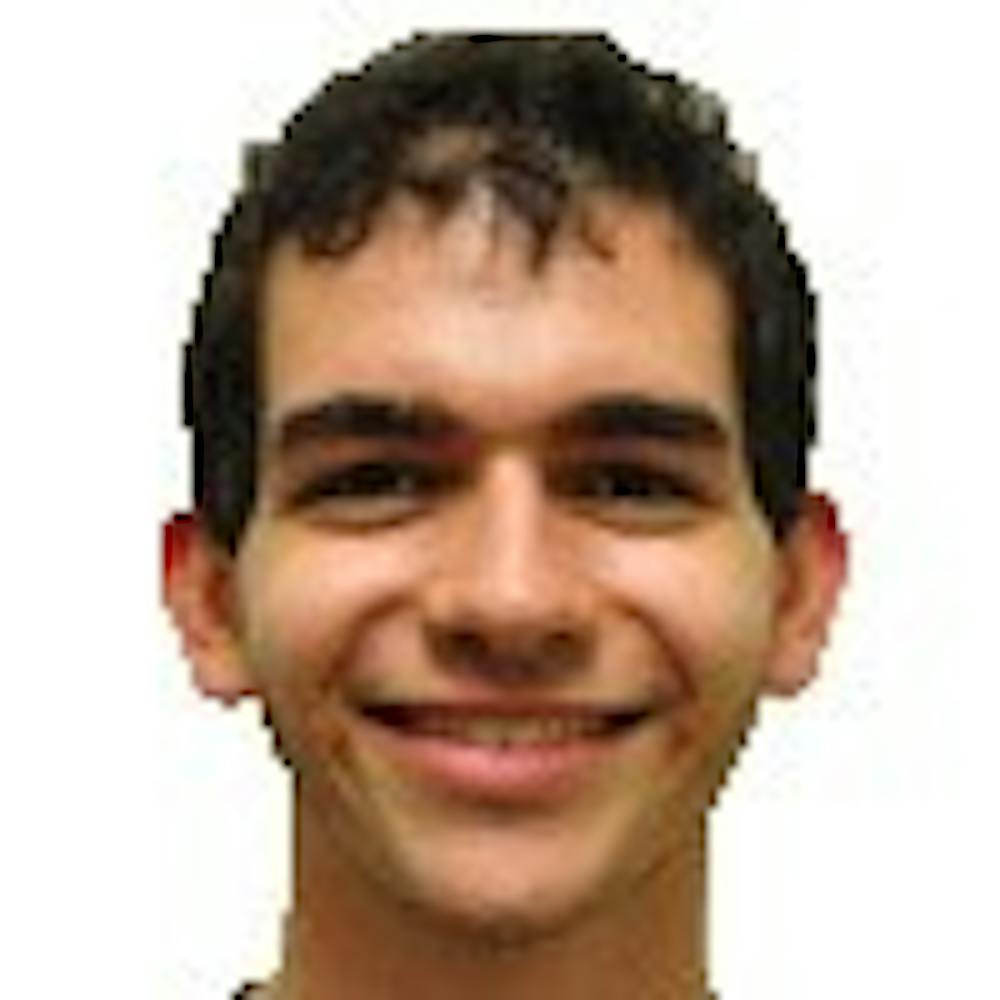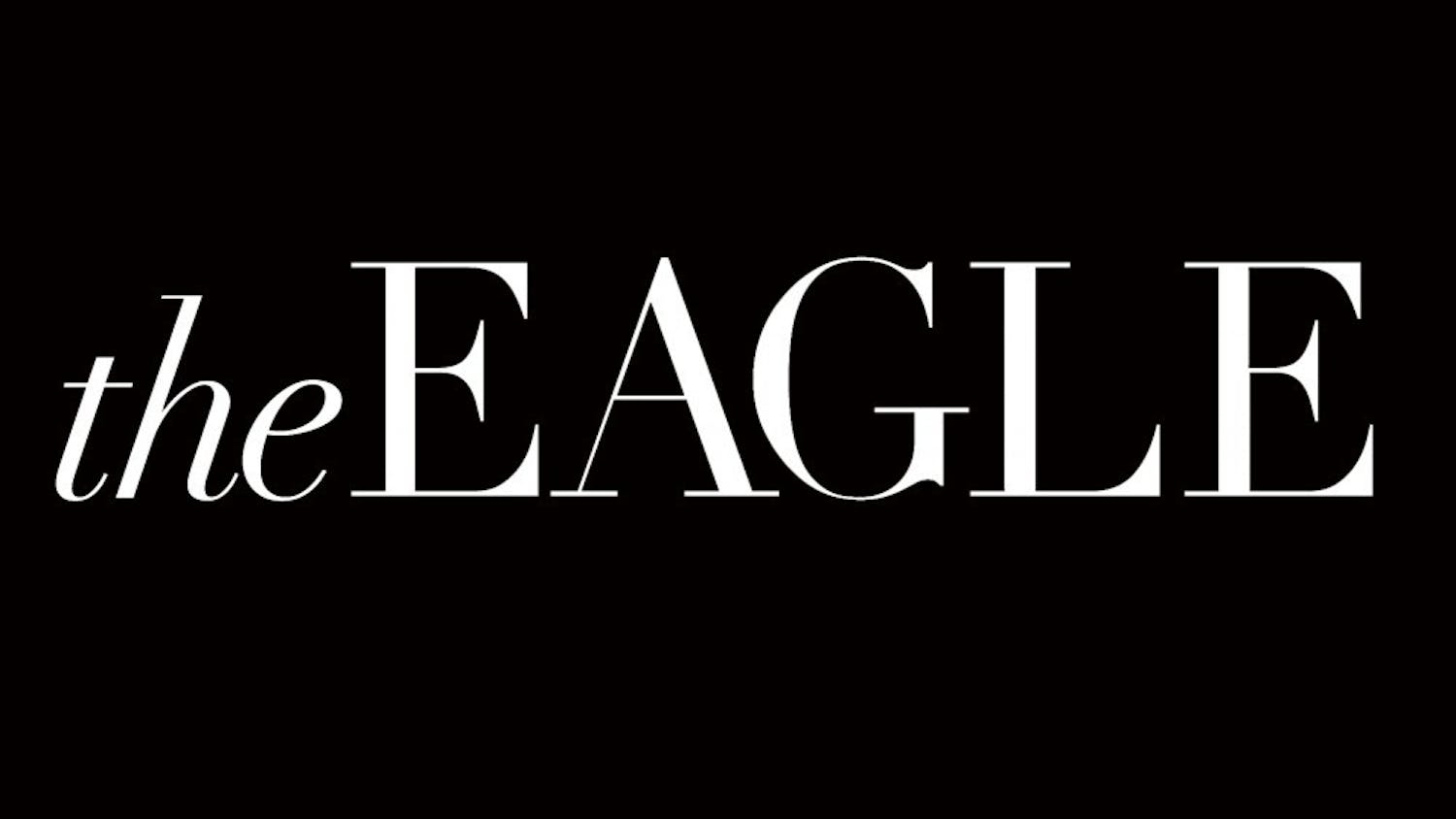What does it mean to be an Eagle?
On one hand, we each get to decide for ourselves. By pursuing our own goals and commitments, we shape independent identities as AU students. On the other hand, we are members of a community. When we call ourselves “the Eagles,” we merge our individual experiences into a collective narrative.
Identities are full of tension and are difficult to define precisely. At times, they are labels thrust onto us by others, yet they are also sources of pride.
At AU, three innovative student leaders are no strangers to navigating identity: Aurora de Peralta, vice president of internal affairs of Asian American Student Union (AASU); Cassandra Henry, president of the Dominican Student Association (DSA); and Marc Lewis, president of the Black Student Association (BSA). These individuals are challenging the way we engage identity through organizing around race and identity.
“I didn’t know how to distinguish a Dominican from the student body,” Henry said. “I felt as if we were spread out and had no home base to gather all together.”
Each leader described to me the importance of creating a community that could serve as a safe space and support system for its members.
These support systems, however, aren’t one size fits all. There’s a lot of diversity even within their own communities. Henry, for example, said that Dominican students self-identify across a wide range, from black to white to Afro-Latino. These differences can be an obstacle to understanding identity but working together they have been able to explore more deeply what it means to be a Dominican-American student at AU.
Claiming an identity isn’t a passive process. AASU recognizes the challenges that confront Asian-American communities and tackles them head-on in monthly dialogues.
“We discuss questions such as, ‘Do you need to know the mother language to be considered Asian-American?’” de Peralta said. “What about people who are adopted into white households?” Actively engaging the boundaries of identity, AASU insists that there are many ways to be Asian-American.
Likewise, Lewis eloquently rejects the notion of a singular black experience. Addressing intersectional issues such as sexuality and ability, BSA recognizes that a common racial identity may be experienced very differently between students.
“We also discuss how other identities associated with the African diaspora [African, Caribbean, Afro-Latino/a] are reshaping the African-American/black narrative in the U.S.,” Lewis said.
This idea of reshaping a collective narrative resonates with each organization’s mission, teaching us that identity must be dynamic and inclusive of many experiences.
Henry, de Peralta and Lewis may never fully understand their respective identities. Yet by wrestling with these ambiguities and questioning assumptions within their communities they have negotiated new identities.
During orientation, we were taught the chant, “Once an Eagle, always an Eagle!” But just because the definition of an Eagle is fluid, changing with each new class of AU students, doesn’t make this identity obsolete.
By challenging our identity as Eagles, we affirm its value and ensure that all students are represented. There is no such thing as a singular narrative.
Derek Siegel is a sophomore in the College of Arts and Sciences.
edpage@theeagleonline.com





